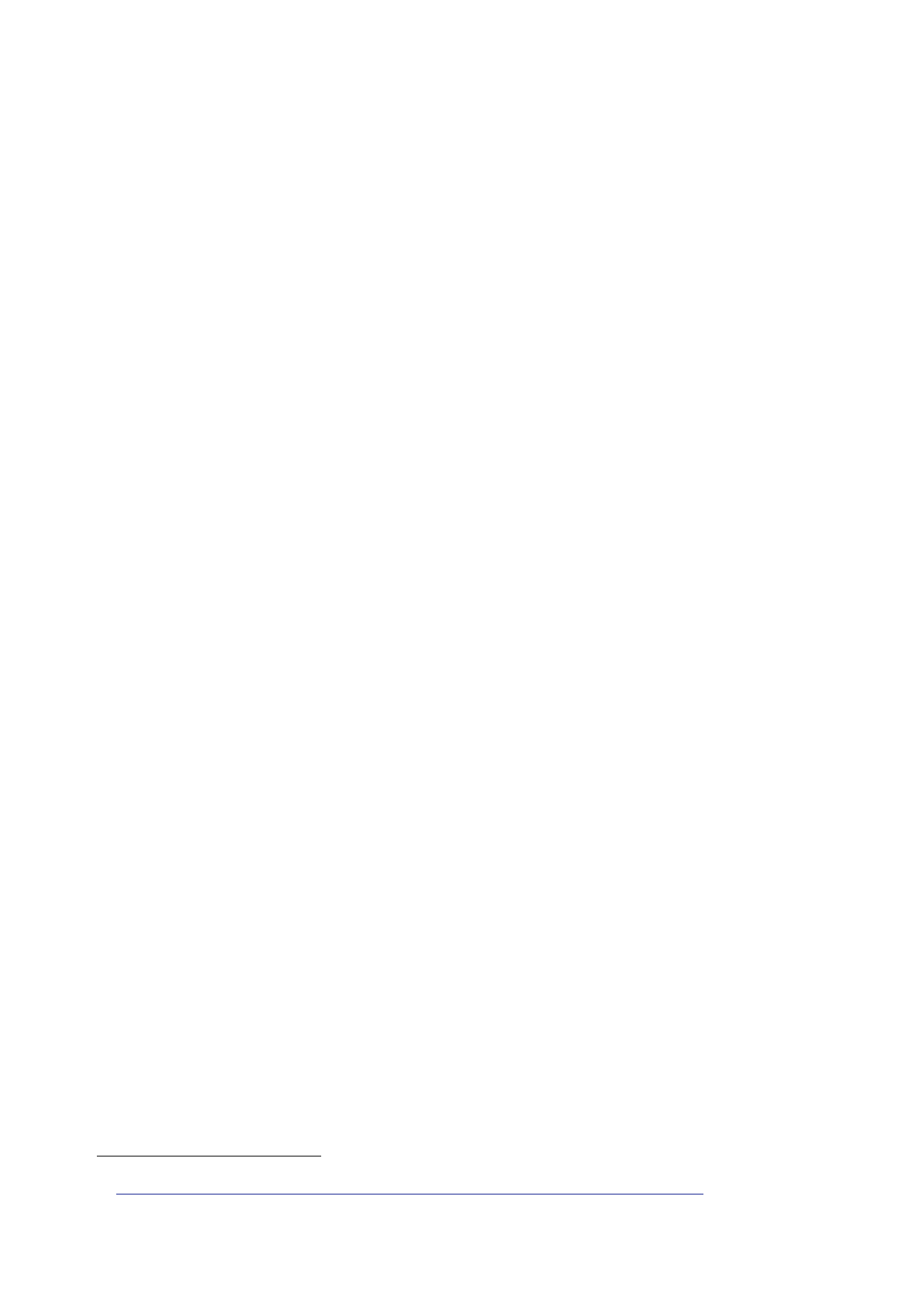
The Report
of the Iraq Inquiry
247.
The JIC Key
Judgements stated:
•
“On the
basis of the information available … Iraq had no
responsibility for, or
foreknowledge
of, the attacks in the US on 11 September … Nor is
there any
evidence,
or intelligence, of an Iraqi role in the subsequent anthrax
attacks.”
•
“Saddam has
refused to permit any Al Qaida presence in Iraq …”
•
“Iraq has
long seen terrorism as a potential weapon in its conflict with the
US
and
regional enemies […] Since September 11, however, Saddam is
likely
to have ruled
out such attacks for the time being, for fear of
a heavy US
response.”
•
“But in the
medium term the threat against Western interests and regional
states
remains
credible. Saddam has
not given up terrorism as a policy tool.”
•
Saddam
Hussein “would consider”:
{{“the
assassination of key oppositionists if he felt threatened, most
likely in
the Middle
East where there would be a greater chance of success
and
deniability …”
{{terrorist
attacks on coalition forces and regional allies in the event of
a
major US
attack which threatened his hold on power; and
{{“WMD
terrorism, if his regime was under serious and imminent threat
of
collapse.
In other circumstances the threat
of WMD terrorism is slight,
because of
the risk of US retaliation.”127
248.
Iraq had
“provided finance, logistics and training to a range of secular
terrorists and
groups” in
the 1970s and 1980s, and had “encouraged and sponsored terrorist
groups
to mount
attacks on coalition targets” during the Gulf Conflict in 1990 to
1991, which
had been
“largely ineffective”. Since then, Iraq had been “cautious in
pursuing terrorist
attacks
abroad, lest it jeopardise the lifting of sanctions”.
249.
In “recent
years”, Saddam Hussein had:
“… expanded
his contact with terrorist groups to include Islamic extremists
such as
Hamas. In
his rhetoric, he has referred more to Islam as he … sought to
exploit the
Palestinian
issue in his conflict with the US, Kuwait and Saudi.
But
ideologically he
is poles apart
from the Sunni extremist networks linked to UBL; […] he
is wary
of allowing
any presence in Iraq for fear of the radicalising effect on the
population.”
250.
The evidence
of contact between Iraq and UBL was “fragmentary and
uncorroborated”,
including that Iraq had been in contact with Al Qaida for
exploratory
discussions
on toxic materials in late 1988:
“With
common enemies … there was clearly scope for
collaboration.
127
JIC
Assessment, 28 November 2001, ‘Iraq after September 11 – The
Terrorist Threat’.
354
